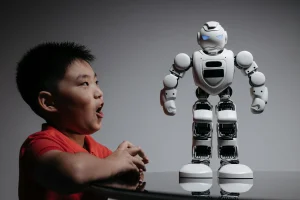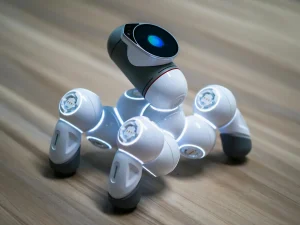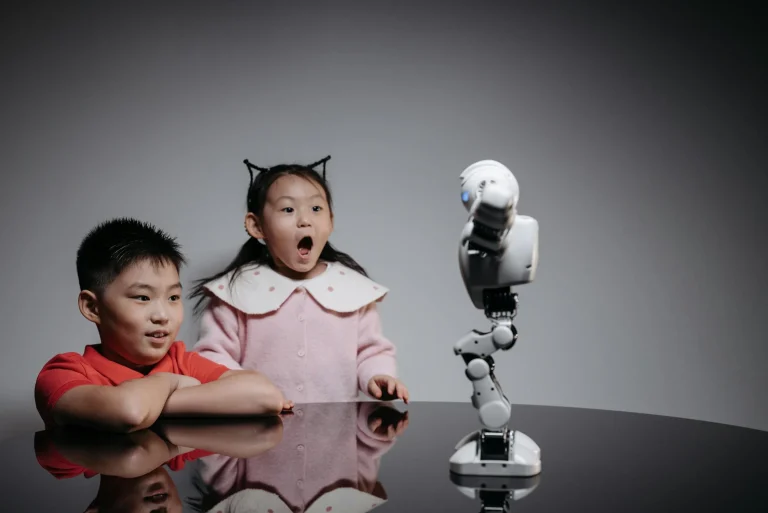Are Robots Finally Getting Practical?
After years of hype around humanoid helpers and sci-fi-inspired androids, the robotics industry is taking a quieter — but more powerful — turn. In 2025, investors aren’t pouring billions into machines that look like us. Instead, they’re betting big on specialized robots built to do one thing incredibly well.
These task-specific machines — think autonomous shelf scanners, warehouse loaders, and maintenance crawlers — are attracting record-level funding as logistics, warehousing, and infrastructure sectors seek real-world automation solutions that are scalable, safe, and cost-efficient.
What’s Behind the Shift in Investment Focus?
The turning point is simple: results matter more than flash.
Startups and scale-ups building robots with clear ROI — like those automating inventory checks, underground pipe inspections, or industrial cleaning — are now seen as safer, smarter bets. These robots don’t need facial expressions or conversational AI. They just need to perform… and they do.
Take companies designing robotic arms tailored for repetitive tasks in warehouses, or AI-powered mobility platforms that handle last-mile deliveries in tight urban spaces. Their narrow functionality allows for lower production costs, easier integration, and faster scaling — three things every investor loves to see.

The Sectors Driving the Most Demand
At the core of this movement are industries hungry for efficiency:
- Logistics and supply chain firms, eager to reduce manual labor dependency
- Manufacturing plants integrating precision automation
- Public infrastructure managers using robots for inspection and repair
- Retail giants, deploying automated assistants for shelf stocking and scanning
These robots don’t replace humans in the classic sci-fi sense. Instead, they augment operations, freeing up workers for higher-order tasks and reducing downtime.
As one industry analyst noted:
“The future of robotics isn’t humanoid. It’s useful.”
Why This Trend Feels Different
Unlike past surges in robotics investment, which often fizzled after failing to scale, this wave feels practical and sticky. Specialized robots are being built with end-users in mind — not headlines.

With the rise of AI-assisted design, improved sensor technology, and cloud-connected systems, these bots are smarter, more adaptable, and easier to maintain than ever before. The investment community has taken note, shifting away from vanity demos and into utility-focused funding rounds.
What This Means for the Future of Work
This trend isn’t about machines replacing workers. It’s about reshaping the roles humans play. As repetitive, dangerous, or precision-critical tasks become automated, human labor can be reallocated to strategy, problem-solving, and supervision.
In sectors like logistics, that might mean warehouse associates training and managing fleets of microbots. In infrastructure, it means inspectors reviewing real-time data from pipe-crawling robots.
The result? A more efficient, safe, and dynamic work environment — one where humans and robots actually collaborate instead of compete.
Source: current U.S. robotics investment trends and expert commentary, May 2025


